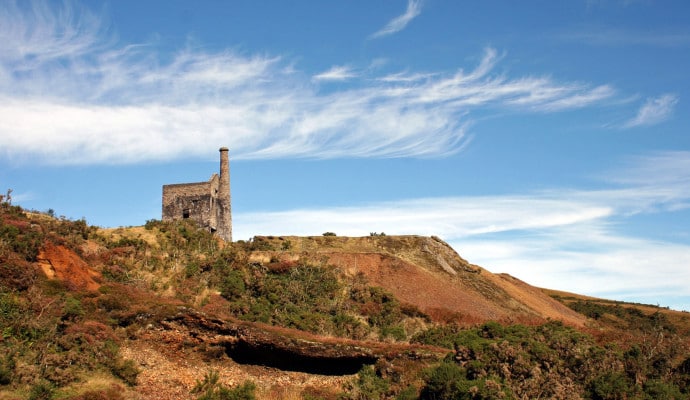Interesting information
During the 1700s the then owners the Arscotts, had a jester, a dwarf known as Black John; he and his master was a throw-back to the Middle Ages. His ghost is still said to haunt the Manor – listen for tinkling of bells, especially if the light is fading!
Pillars dating from the 1700s mark the entrance to the grounds of the Manor House. The parkland is confusingly called The Wilderness which may refer back to its previous condition before it became parkland, or is an ironical reference to its relatively tidy and sophisticated appearance.
The Church dates to the 13th century, relatively early for Devon, although the tower was added in the 15th century. Inside are memorials to the Arscotts and an ornate Arscott family pew.
Tetcott Manor itself is a lovely house with a complex architectural history; its origins date back to the mid 1500s. Around 1700, a new brick manor house was built immediately to the east; a very early example of brick building in Devon, the first being Exeter’s Custom House in 1680. However this brick building was demolished in 1831 when the Molesworths inherited the estate as their main seat was in Cornwall until they returned to Tetcott in 1925.
Beardown Plantation was originally planted as a source of timber for the estate and is now a valuable wildlife refuge. You may see a deer or buzzards soaring in the sky above. Ancient woodland can be found in the Lana Lake (the name lake is an old saxon word for stream) as the damp valley bottom has never been properly cultivated.
Luffincott Church, although medieval in origin, was completely rebuilt in the 1700s. Virtually untouched since then, it is unusual in being a very rare example of an unrestored Georgian church. Notable from the outside are the domestic-type Georgian windows. No longer used for worship, it is in the care of the Churches Conservation Trust.
An unusual historical fact relates to the disappearance of the parish parson in 1904. Not known to be in financial trouble – or to have any woman troubles – he simply walked out one evening and disappeared, with only what proved to be false sightings by the sexton afterwards.





